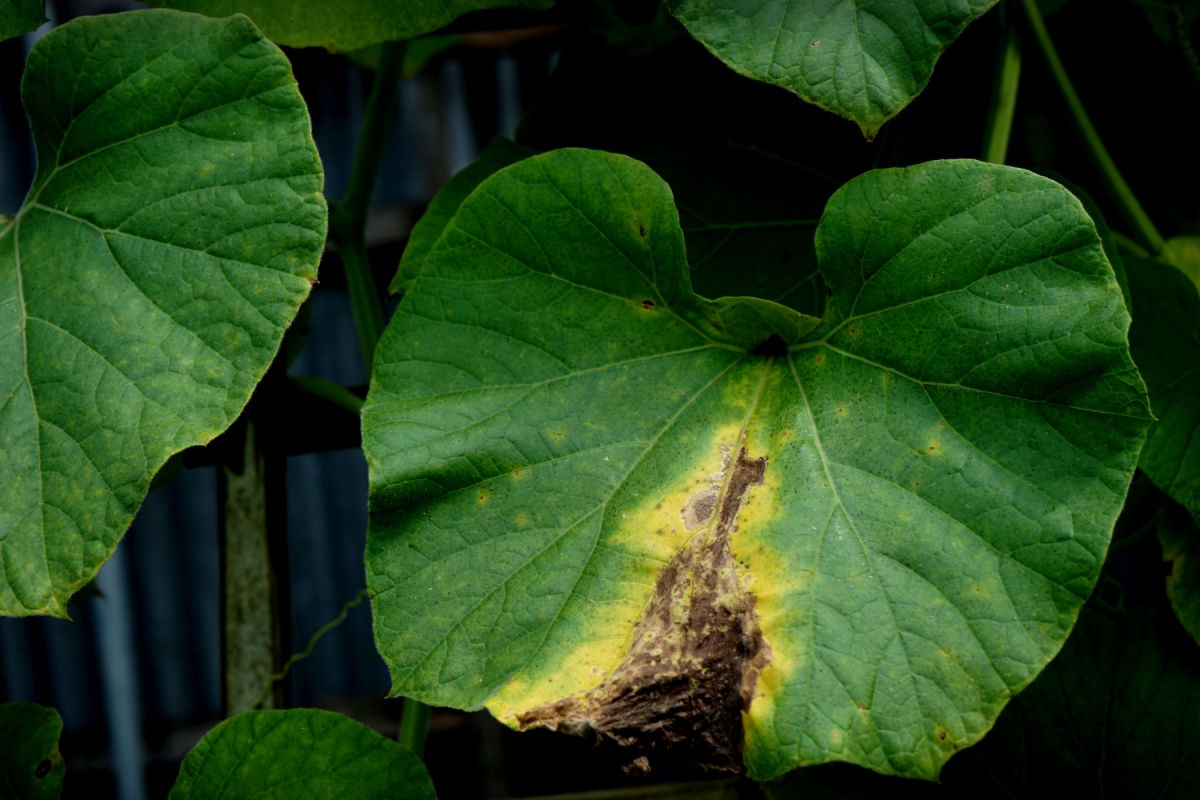While healthy soil is often all you need to grow abundant produce, applying fertiliser can provide a boost in some situations. But as with many things in life, too much of a good thing can have adverse effects.
At times, fertiliser can cause damage to plants, an issue that’s called fertiliser burn. It’s worthwhile learning what to look out for and how to treat, or prevent, this avoidable condition.
Understanding Fertiliser Burn
In simple terms, fertiliser burn occurs when too much fertiliser is applied, or it’s applied to stressed plants, resulting in harm. It’s most common with fast-acting, soluble fertilisers in liquid or granular form, especially when they’re applied in hot weather.
Most fertilisers, including organic fertilisers such as fresh animal manures, contain salts. The salts allow the nutrients to be dissolved in water and taken up by plants’ roots. In synthetic fertilisers the salts are often concentrated, meaning they can be diluted at high levels.
When fertiliser is applied to the soil around plants an imbalance is created between the now-salty water in the soil and the less salty water in the plant’s roots. As this imbalance is corrected, the levels of dissolved salts in the root increases. This isn’t a problem if plants are healthy and well watered and only the recommended quantity of fertiliser is used. But issues can arise if fertiliser is applied with a heavy hand or in unsuitable conditions.
In these cases, water will be drawn to the salty cells in the roots from the leaves and stem of the plant, reversing the usual flow of fluids within the plant. The plant may become dehydrated and unable to regulate its temperature in the usual way, resulting in heat stress. Symptoms include yellow or brown leaf tips and margins, wilting, and white or light brown patches on leaves, which may be dry and crispy.
What Causes Fertiliser Burn?
When it comes to feeding your plants, more may not be better. The amounts and concentrations included on fertiliser packets have been tested to ensure that plants can take up the nutrients and associated salts without harm. Increasing the amount of fertiliser increases the risk that you will harm, rather than help, your plants.
Even if the correct dose of fertiliser is used, applying it to stressed plants isn’t a good idea. Dehydrated plants in particular will suffer if salt is introduced to their cells (think of how you feel after eating potato chips without a drink!).
High temperatures can also stress plants, increasing their water needs and the risk of fertiliser burn at the same time.
Tips for Avoiding Fertiliser Burn
- Pay attention to the packet: All fertilisers will have recommended doses on the packet. Follow the instructions for mixing up concentrates, for application and for frequency of use. Also note the differing instructions for garden plants versus potted plants. Often, taking a ‘little by little’ rather than an ‘all at once’ approach works well.
- Opt for organic or slow-release fertilisers: These types of fertilisers provide a gradual and steady supply of nutrients over time, reducing the risk of burn. They may not give instant results, but they offer an effective and often organic approach to plant nutrition.
- Water before and after fertilising: Ensure your plants are well hydrated by watering plants well the day before fertilising them, and keeping up the water for a few days afterwards. This will prepare the plant and soil, and also help nutrients move around the plant to where they’re needed.
- Check the temperature: Avoid fertilising when the forecast maximum temperature is 30°C or over. If you live in a warm climate where hot temperatures are unavoidable, fertilise in the late afternoon and pay attention to watering in the following days, or use a slow-release fertiliser or compost instead. Feed perennial plants in autumn and spring instead.
- Water the soil, not the leaves. Unless you’re using a foliar feed, it’s best to water the soil around the roots of the plant. Splashing or spreading fertiliser directly on the leaves risks leaving a salty residue which may turn into fertiliser burn.
Treating Fertiliser Burn
If you see fertiliser burn on your plants, don’t panic; in most situations it’s easy to rectify, though your plant may look worse for wear for a while. First, water plants deeply every day for at least a week after the burn is noticed. For pots, water thoroughly until water runs freely from the drainage holes, then allow excess water to drain away. Watering will flush out any salts that remain in the soil and hydrate the plant’s roots.
Second, prune off any badly affected leaves. Damaged leaves won’t recover, and as they rehydrate the burnt areas often become prime sites for mould and rot.
***
Fertiliser burn might seem daunting, but armed with the right knowledge and a patient approach it's easily avoided. Your plants will thank you for it!







